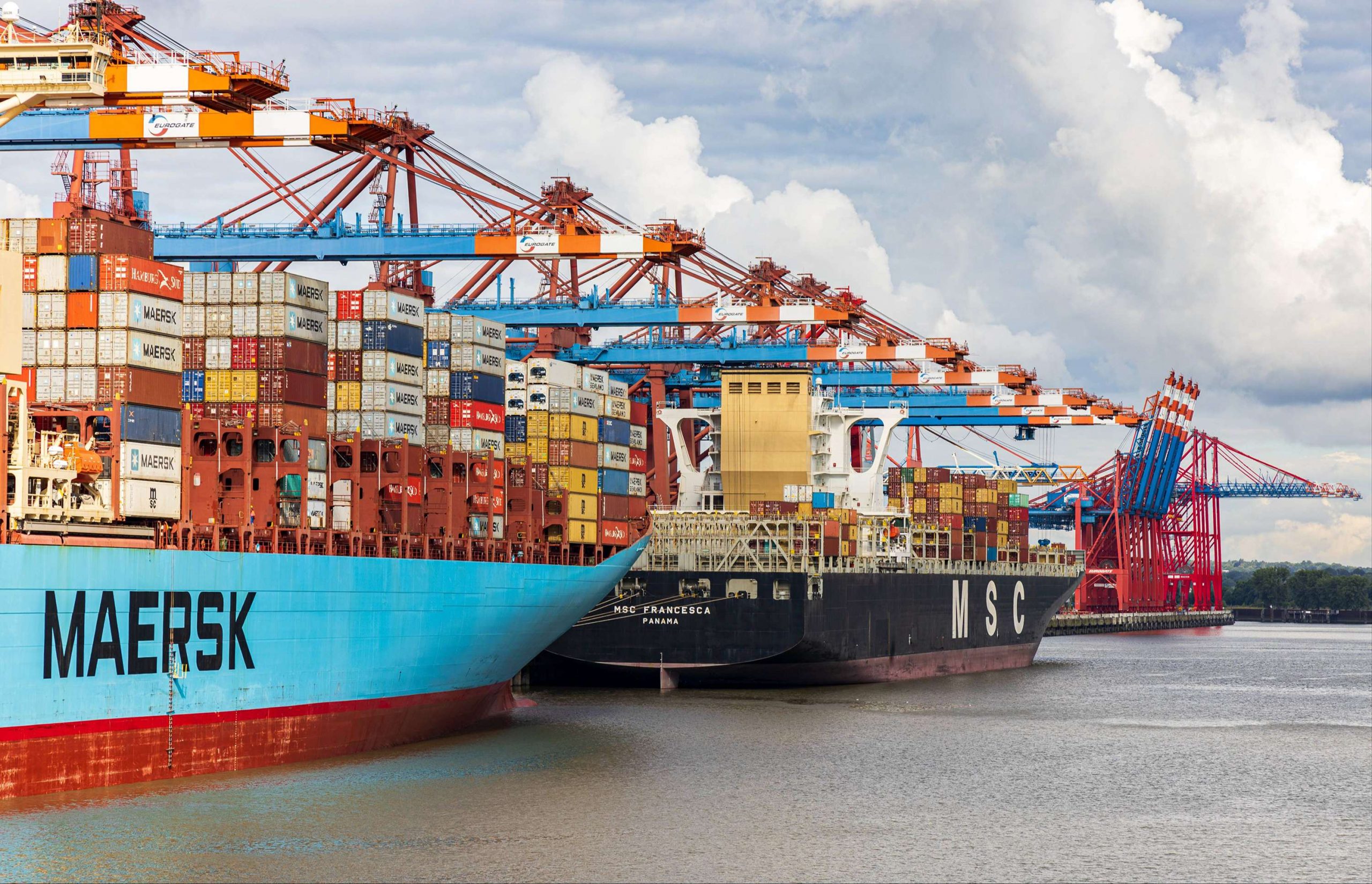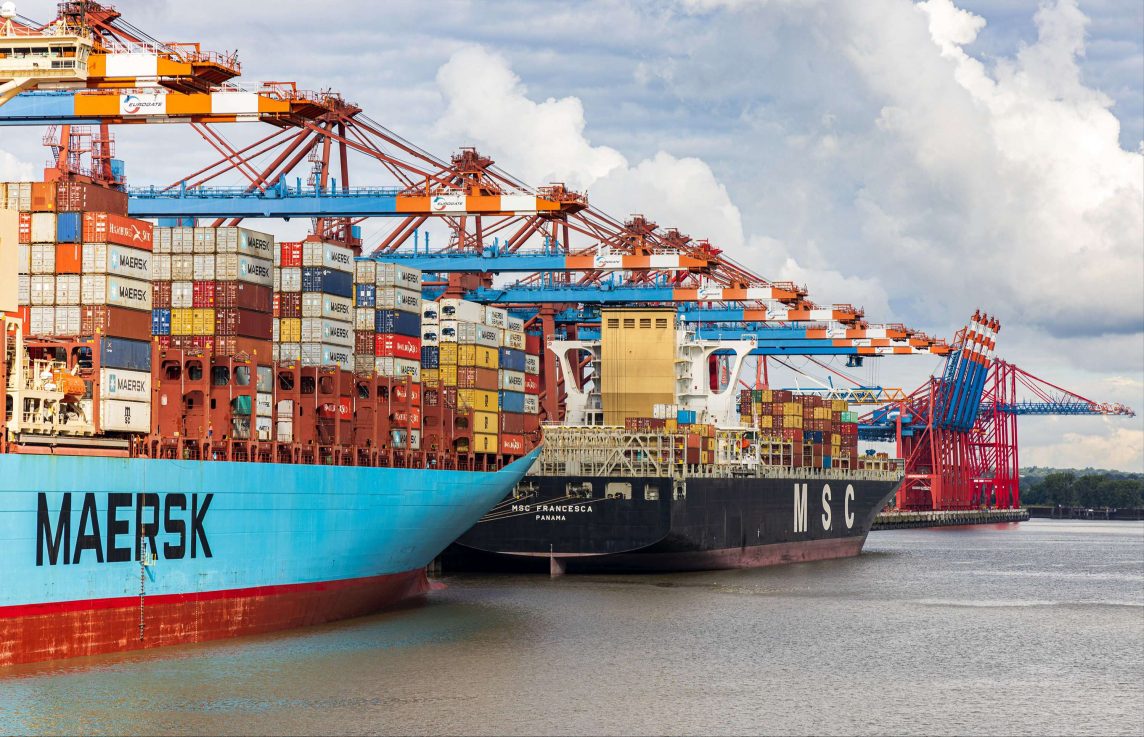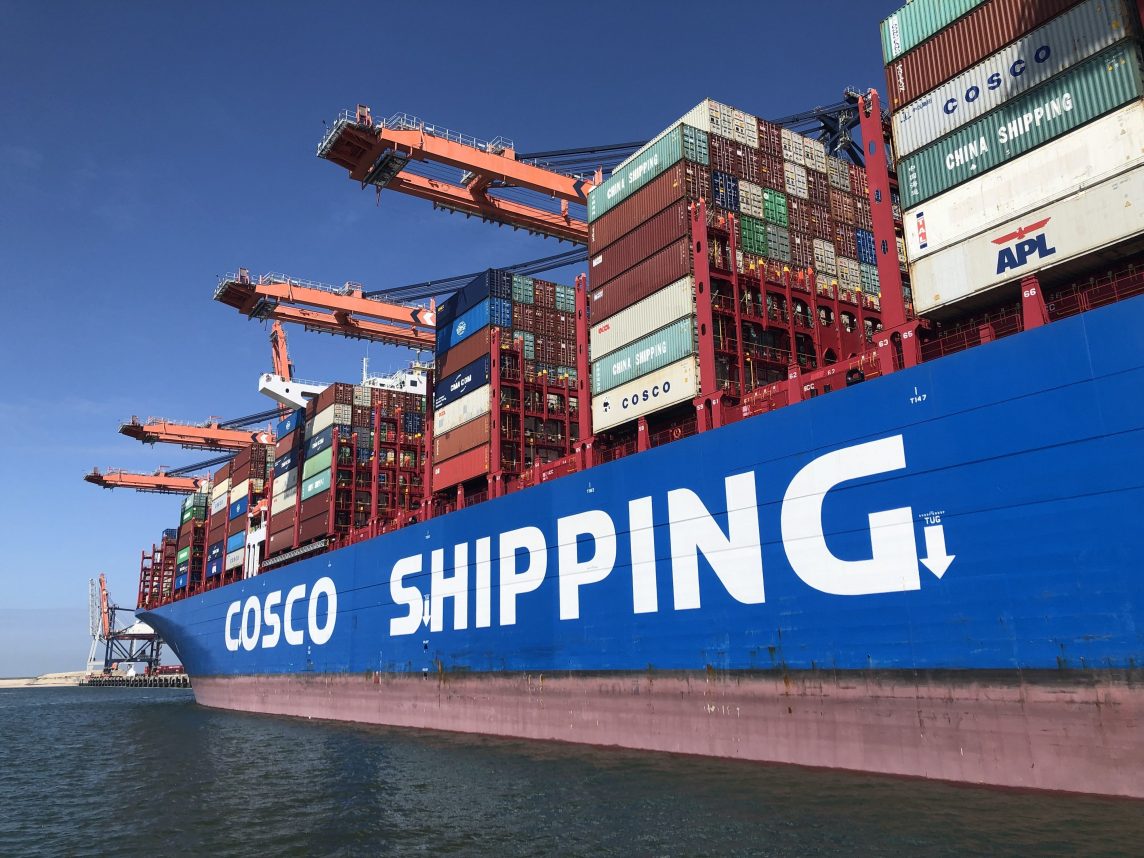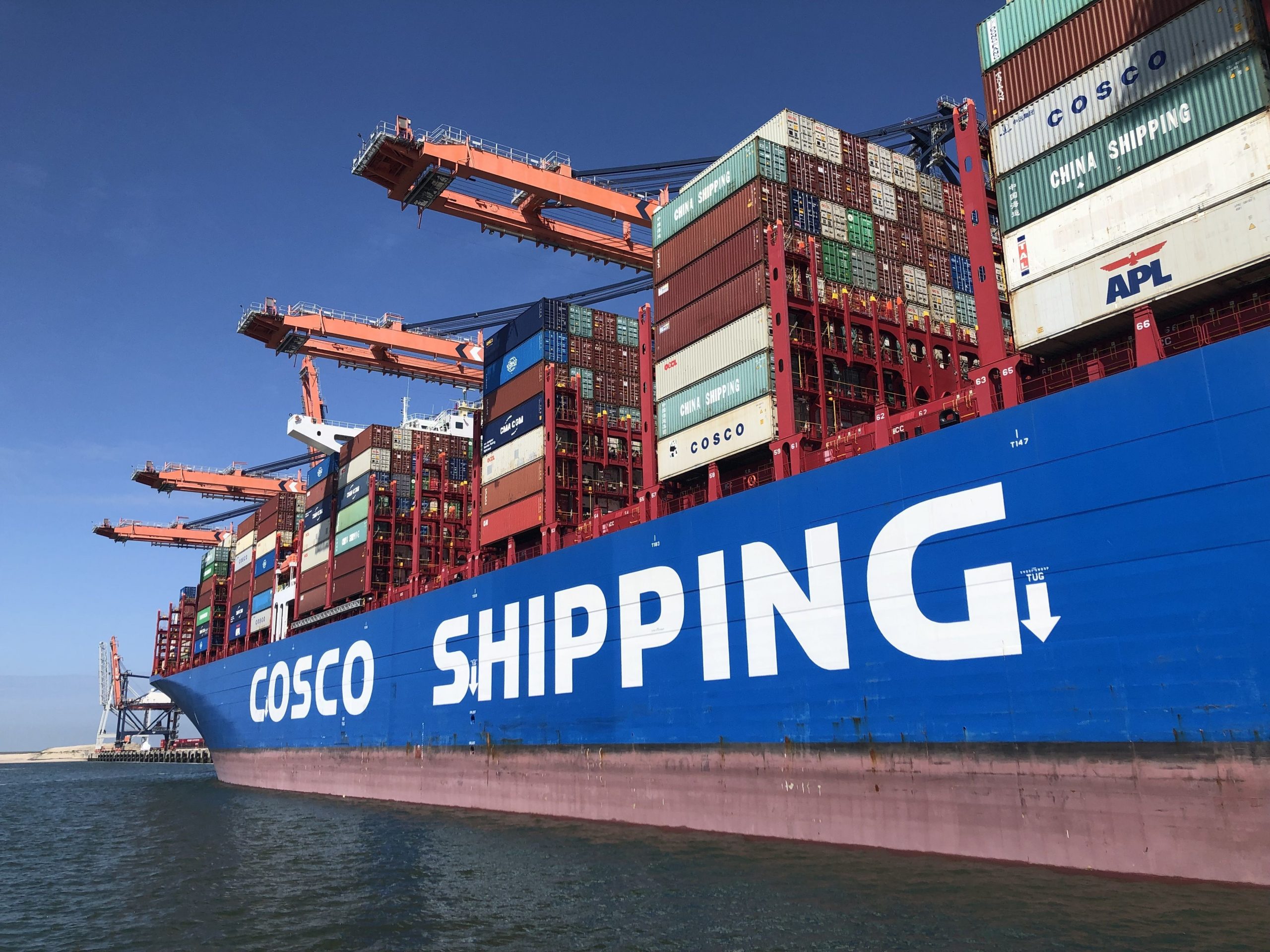
Alphaliner’s latest report shows that the major container shipping alliances control just 39% of the global box shipping fleet, far below the 80% they previously had.
The consultancy’s latest count shows that the capacity operated by the 2M, THE and Ocean alliances fell to a three-year low in January.
Alphaliner said, “Despite frequent claims the alliances control 80% of the container fleet, an Alphaliner survey shows the nine carriers that form the three major alliances operate the majority of their capacity outside their alliance agreements. The actual amount of capacity operated under ‘alliance services’ is equivalent to a steady 38%-41% of the total fleet based on data from the last five years.”
While the alliances’ members (MSC, Maersk, CMA CGM, COSCO Group, Evergreen Marine Corporation, ONE, Hapag-Lloyd, HMM, and Yang Ming Marine Transport) control almost 83% of the global fleet, many of these ships are operated independently, with just 39% run under alliance agreements.
Alliance service concentration rises on specific routes, particularly long-haul trades that need large tonnage and a minimum number of ships in order to ensure sufficient rotations.
Some 94% of capacity on the Far East – Europe (North Europe and Mediterranean) trade is currently operated under alliance services. This constitutes the longest of the major east-west routes, and presents the highest barrier to entry for new carriers, with services requiring at least 10 ships of at least 13,000 TEU to stay competitive.
On the transpacific, alliance services represent 81% of total capacity.
On the shorter transatlantic route, where fewer ships are needed to maintain service rotation, alliance services represent just 47% of total capacity.
Although composed of the world’s two largest box lines, the 2M is the smallest alliance, with a total capacity of 2.8 million TEU, compared to OCEAN Alliance at 4.3 million TEU and THE Alliance at 3 million TEU.
While sharing vessels, the alliances do not centralise sales, and carriers within an alliance must compete between themselves to attract clients based on service quality and rate differentiation rather than route.
Transpacific and transatlantic alliance shares have partly fallen because MSC, which will end its alliance with Maersk in 2025, is increasingly going solo.
Having dethroned Maersk at the top of the liner rankings in early 2022, MSC now operates 75% of its global capacity outside the 2M alliance – the highest proportion of the nine alliance carriers.
Among the remaining carriers, Maersk and Hapag-Lloyd operate 61% and 57% of global capacity outside of their respective alliances.
Yang Ming, HMM and Evergreen provide many of their services through alliances, operating just 20%, 22% and 24% of their fleets on an independent basis.
MSC’s increasingly independent approach was underlined in February by the introduction of its standalone Asia – Mediterranean Dragon service deploying 9,000-14,400 TEU ships. This former joint 2M service was suspended during the Covid-19 pandemic and was permanently closed earlier this year.
THE Alliance member HMM also recently decided to continue the former PS8 transpacific loop by itself.
On the transpacific, MSC offers the largest proportion of independent tonnage of the alliance carriers, with 26 units of 260,000 TEU run pn a standalone basis, well ahead of the next carrier CMA CGM with a dozen ships of 69,000 TEU.
Source: Container News




